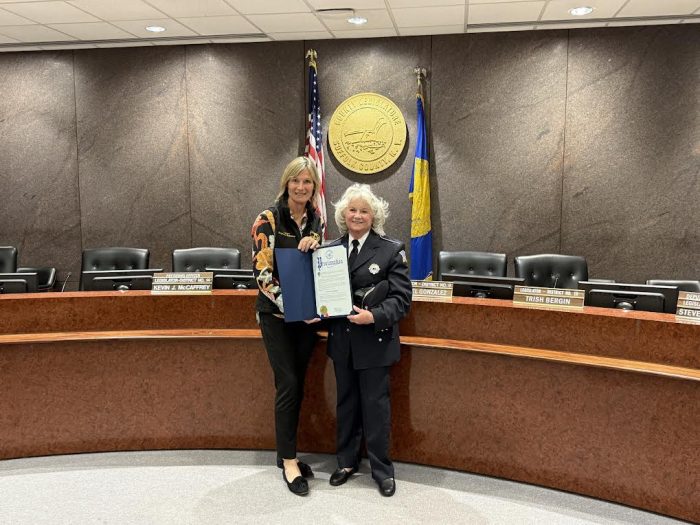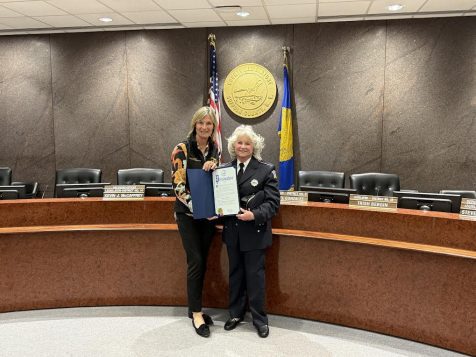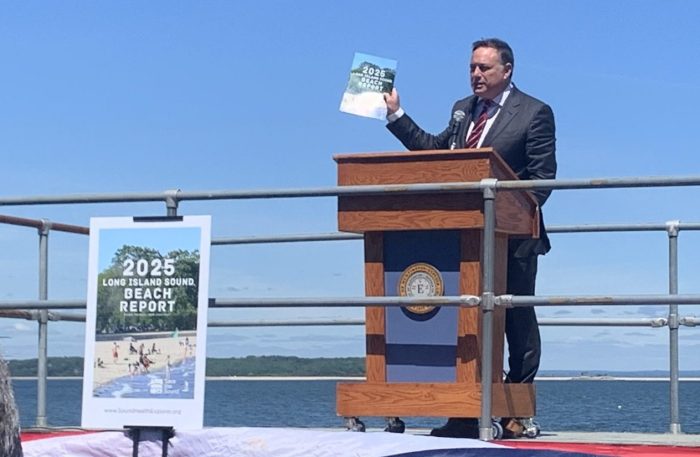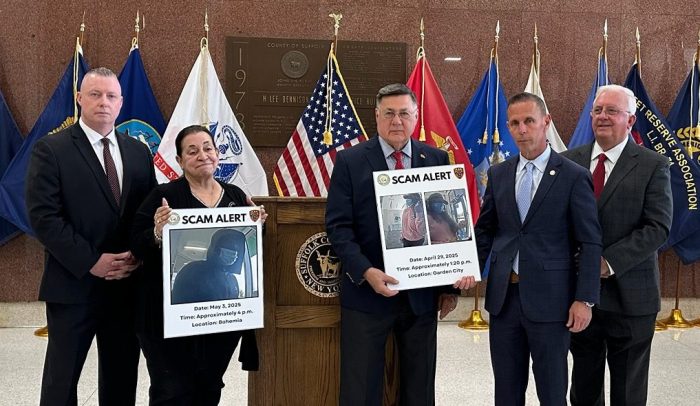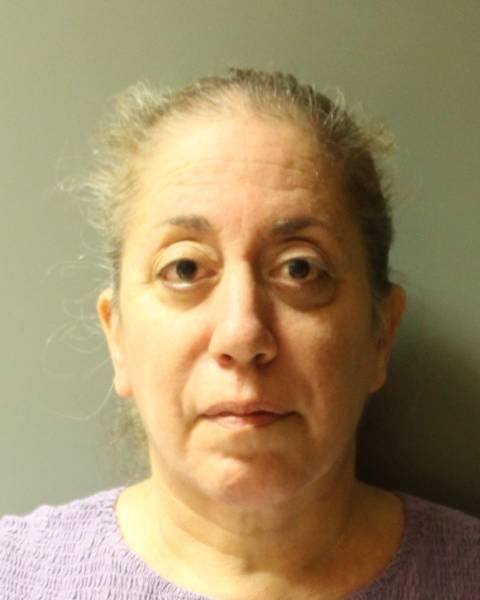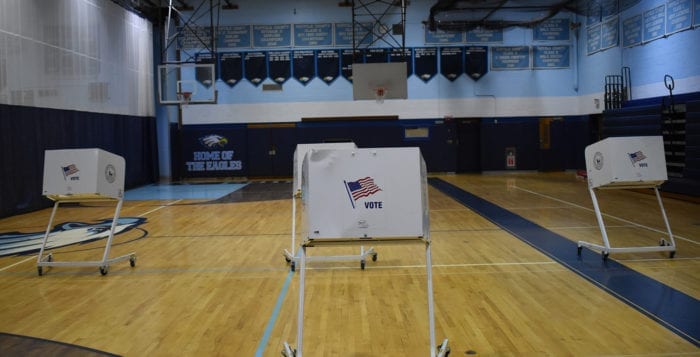Learning from Europe
All across Europe, countries have recently been plagued by electrical power blackouts due to unstable sources of renewable energy, primarily from solar arrays and windmills.
The most extensive blackout was experienced in the Iberian Peninsula, including Spain and Portugal, as well as portions of Southern France. The determination of the exact cause of the problem is quite complex, partly attributable to the interaction of the various energy supplies, which include wind, solar, nuclear, natural gas and hydroelectric sources. Many experts are concerned about the problem of inertia, which is provided by systems with large rotating mechanical assemblies, or flywheels, such as conventional electromechanical generators, but is not found in typical renewable systems, employing solar, wind or lithium-ion battery sources. High levels of inertia tend to keep the AC voltage frequency, which is nominally 50 Hz in Europe (60 Hz in the United States), at a relatively constant value, thereby providing a high degree of stability to the electrical grid system. With large proportions of renewable energy sources, the system inertia is significantly reduced, leading to pronounced instabilities and eventual system failure.
As a result of this and other blackout problems, notably in Germany, most European countries are beginning to reevaluate their current energy policies, which have had goals of achieving 100% reliance on renewable energy sources. Denmark, for example, outlawed nuclear power in 1985 but is now considering a reversal of this policy.
Here in the United States, [in] the home of beautiful Suffolk County, we are at the tip of the energy iceberg. In 1973, we got off to a great start with the Shoreham Nuclear Power Plant. Unfortunately, we had a governor whose shortcomings included a pronounced lack of foresight and who made sure that the Shoreham reactor was decommissioned and never put into service. Hopefully, here in 2025, we will be able to learn from the mistakes of others. We should honestly consider the pros and cons of each type of system and choose the one that is the best overall.
George Altemose
Setauket
Do more for Medicaid
In a recent letter to the editor [“Thank you,” May 15, 2025], a reader thanked Rep. Nick LaLota [R, NY1] for signing on to a letter in support of Medicaid. Unfortunately, Mr. LaLota’s voting record on this issue tells a different story. Mr. LaLota voted for a budget proposal that cuts Medicaid by hundreds of billions of dollars. Mr. LaLota claims that he’s interested in rooting out “waste, fraud, and abuse” and that these cuts will not harm those who rely on Medicaid. However, a recent report from the Fiscal Policy Institute refutes this claim. FPI notes that a cut is a cut, and that these cuts will disproportionately impact older adults and disabled people.
Mr. LaLota has suggested mandating work requirements for Medicaid, claiming that this will root out “fraud and abuse.” However, the proposed work requirements suggested by Mr. LaLota and the GOP have been proven to be expensive to administer, kick sick people off Medicaid and ultimately do not save a great deal of money. The people kicked off Medicaid will likely not find other coverage and ultimately wind up uninsured, which will result in our communities being less healthy.
Mr. LaLota is claiming there is “waste” in Medicaid, while in fact Medicaid is one of the most efficient ways to deliver health care. According to Medicaid Matters New York, over 148,000 constituents in the first congressional district are covered by Medicaid and Child Health Plus. Within that population served by these programs, 29% are children under the age of 19, 18% are seniors over the age of 65 and 13,000 are people with disabilities. Mr. LaLota’s vote to cut Medicaid will hit these vulnerable constituents the hardest.
If these cuts are enacted, the first congressional district will lose over $1.3 billion in Medicaid funds. How can Mr. LaLota justify taking health care away from his most vulnerable constituents to finance tax cuts for billionaires and corporations? We need Mr. LaLota to commit, not just in his words, but in his votes, to prioritize the well-being of his constituents who rely on Medicaid over tax breaks for the wealthy.
Shoshana Hershkowitz
South Setauket
In response to “Questioning ‘Elder Parole’ for cop killers” from May 8
As community members, and as people who believe in redemption, we respectfully disagree with the previous letter writer. The Elder Parole bill is a common-sense response to the senseless rise in older adults behind bars identified as a fiscal crisis by the state comptroller. Even as the prison population declined significantly in recent years, the number of older adults behind bars has increased because of extreme sentences and a parole system that prioritizes vengeance above public safety. Rather than spending a fortune to keep people who have completely transformed in a cell as they grow old, get sick and languish, we believe deeply in giving them a chance to be considered for release when they can still work and help support their families.
We understand these issues are deeply emotional for people on all sides, and rightly so, but facts are facts: older adults, including those serving time for violent crimes from long ago, have the lowest recidivism rates, with some age groups almost never returning to prison with new convictions. At the same time, the costs of incarceration skyrocket with age.
None of this is to say the bill would release people simply because of their age. Age isn’t even a consideration in the parole laws. But older adults would get the opportunity to make their case and be considered on a case-by-case basis, and we would urge that they be considered fairly based on who they are today, what they have done to change, whether they pose a real risk.
This bill is backed by many of the state’s civil rights groups along with crime victim advocates and anti-gun violence experts because allowing people to earn their pathways to release promotes community safety — and because many victims themselves are sadly criminalized. Moreover, the enormous cost savings could be better spent on mental health care, education, support for victims and more.
People can and do change and giving them a bigger reason to do so can only help. We encourage our state legislature to pass the bill this year.
Deborah Little, Setauket
Jacqueline Gosdigian, Stony Brook
Ronni Schultz, Port Jefferson Station
An uplifting response to my Memorial Day note
Just before Memorial Day, I sent an email to an old friend of mine, “Thank you for your service.”
The day after graduating from high school, Kevin began working as a “runner” on Wall Street. A short time later he was drafted and sent to fight in Vietnam.
A terrific all-around athlete he spent about a year over there, with much of his time serving as the “point” on patrols. After a week’s leave in Hong Kong, Kev came back to learn the grim news that the fellow who’d been working “point” in his place had been killed.
Sadly, like so many other vets who returned during that time, my buddy was treated poorly. He like thousands of his fellow servicemen and women, weren’t shown the proper appreciation for their sacrifices. Nonetheless, he finished his service by being part of the solemn, often heartbreaking, “Folded Flag Ceremony.”
Kevin’s response to my note was, a humbling, uplifting, “Thank you. I served proudly for this great country.”
Jim Soviero
East Setauket

